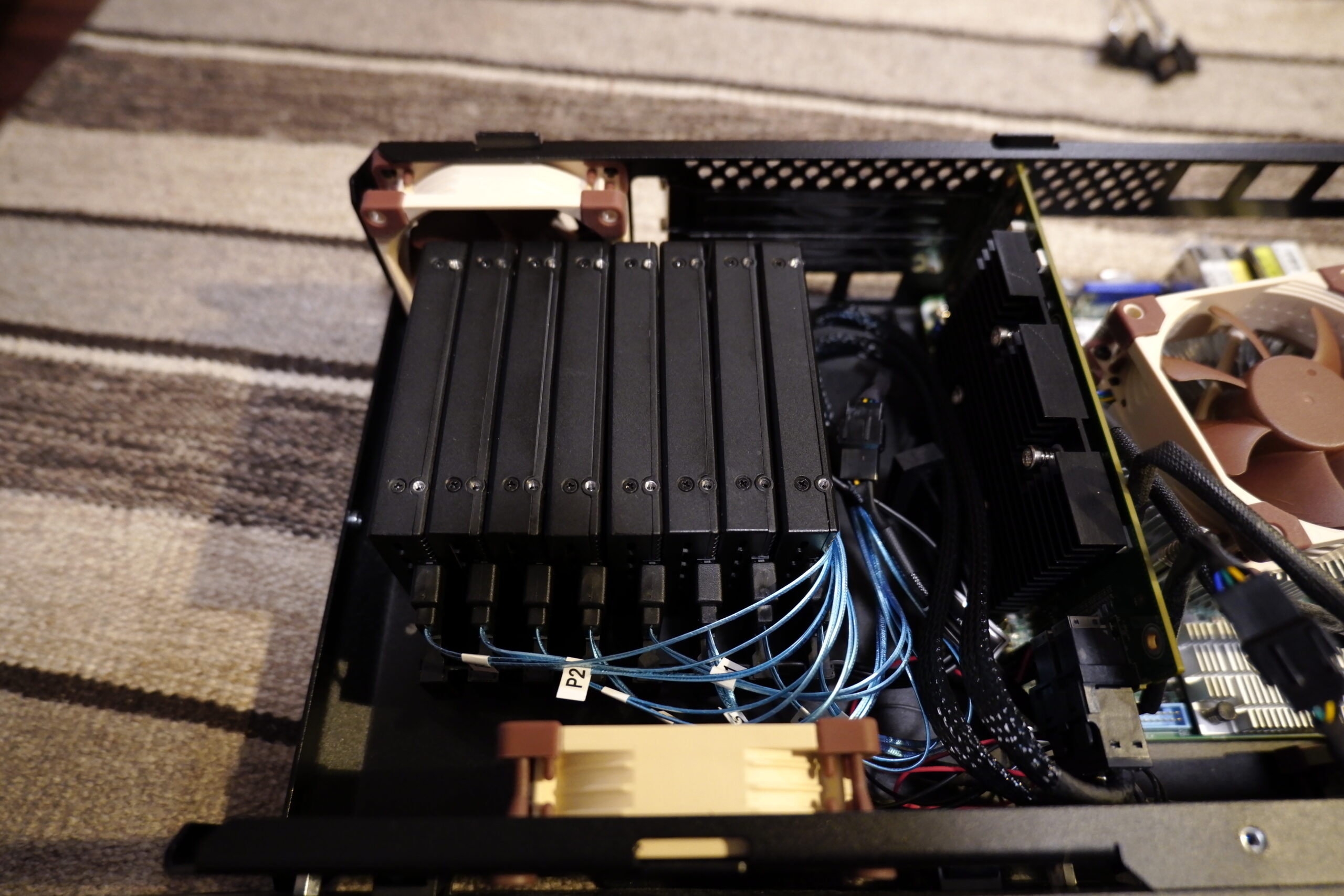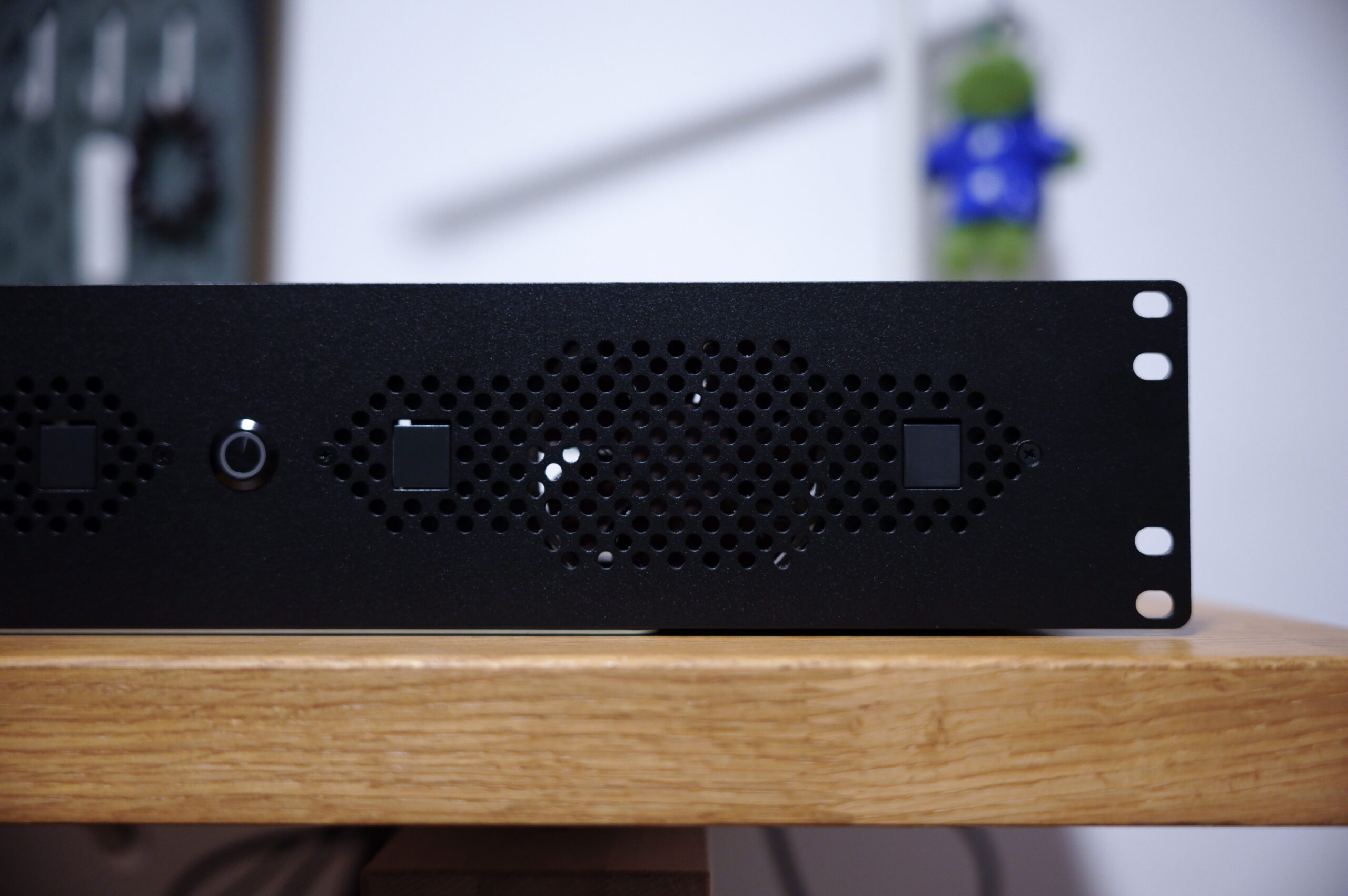Or perhaps I should call it NAS 2024v1.1, which is a bit more intuitive. And yes, I know that the post has literally been published in ’25Q1, but I’ve been somewhat preoccupied with other things lately. Chances are, by the time this comes out, it’s already been torn down and replaced with something else. This change isn’t a complete overhaul, it’s just a new case and a couple extra drives.
The other name, MDC, stands for Micro Data Centre, which I find rather fitting because this does do a lot more than just storing data.
As I’ve just written a snippet on those Huawei SSDs, one may have rightfully thought that they would eventually end up somewhere in one of my computers and my NAS is going to be their final destiny.

Of course, that’s also a different case, as I couldn’t have possibly managed to fit all the drives into the orange computer-1 case. Although, since I still really like it, I might find something else to put inside it. However, this computer needed to move and my choice was a 2U rackmount case from myelectronics. Originally it only had space for mounting five 2.5″ drives, but it was easy enough to drill some more holes in a continuation of the original pattern.
I used a Dell H330, flashed to IT mode, so it functions as a HBA without any RAID functionality and it is quite inexpensive on ebay. It is also a 12Gbps HBA, so the drives can reach their full potential. Unless I’m hammering all of them at the same time, because they all share eight PCIe 3.0 lanes. So it is more like 8Gbps per drive, instead of 12. But that’s still quite decent and is more than enough to saturate the 10Gbps network interface. And despite having a huge heatsink, the H330 doesn’t get overly hot, perhaps exactly because its heatsing is so oversized.
The whole things pulls around 100W when the array is active at around 250MB/s reads, which is not that bad for 28.8TB of raw solid state storage, but the drives do get rather toasty, so I think it could benefit from slightly faster fan speeds in the long run.
Currently, it has the 5700G with 128GB RAM and the ASRock X570D4I-2T, but I may decide to turn this into a purely storage-oriented build, in which case it won’t need all that processing power, so it may eventually get another ITX board that’s more power efficient.

Leave a Reply